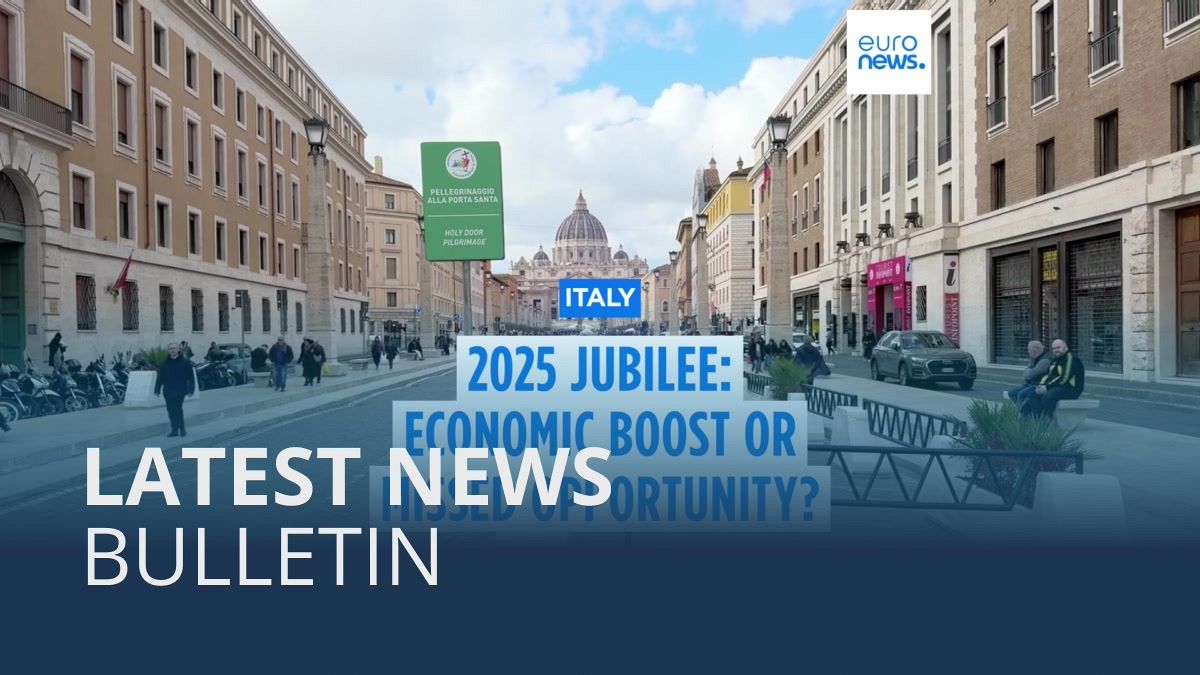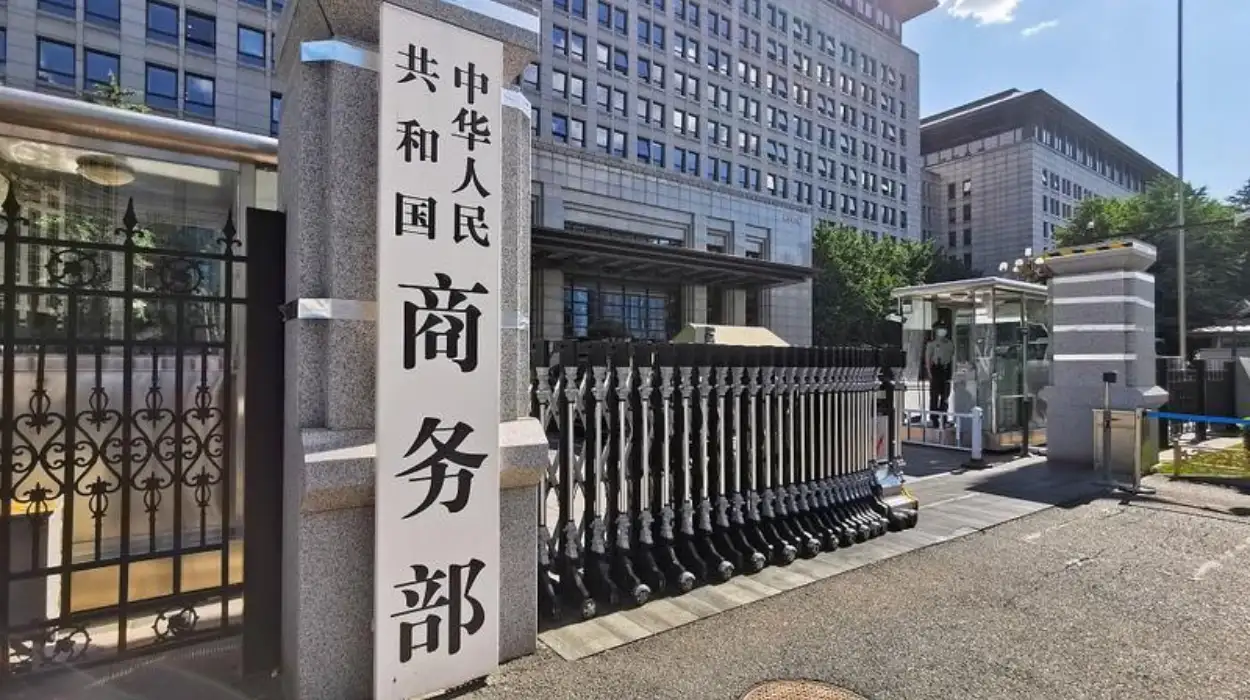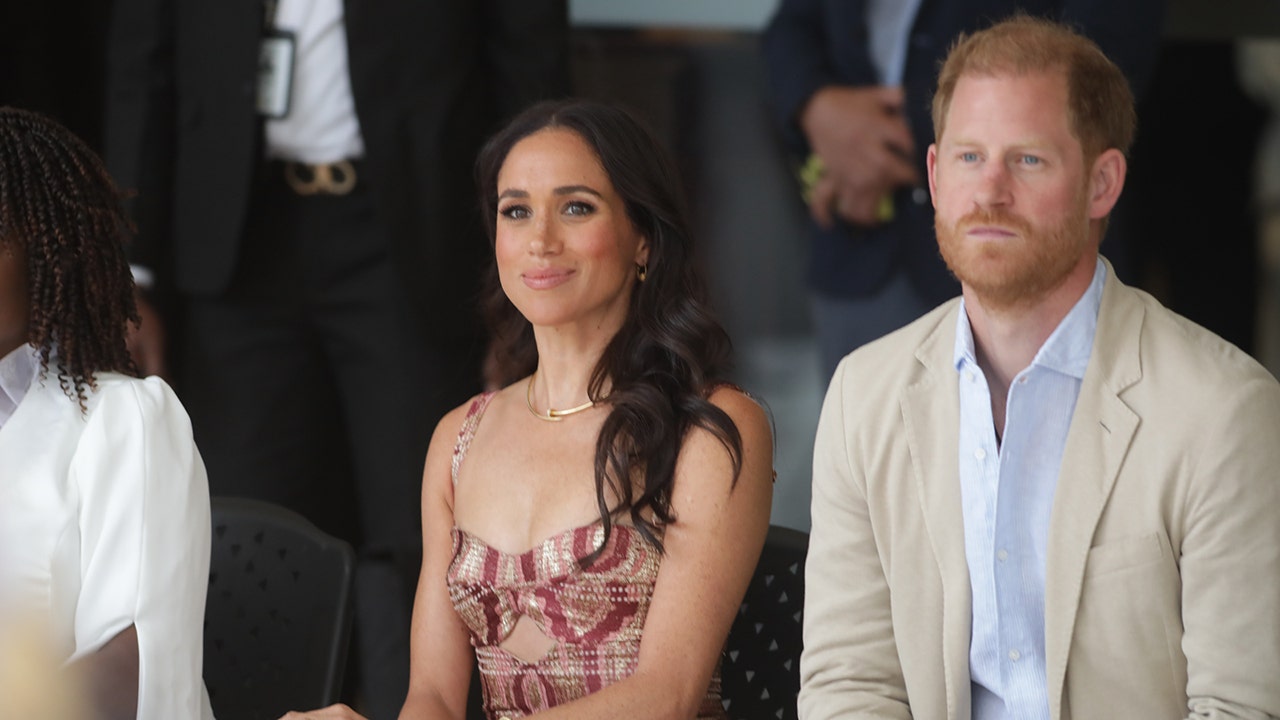The left-wing alliance for the moment has not endorsed coalitions that would go beyond its own camp. But Macron’s camp is betting on internal division within the left-wing alliance, for instance between the more moderate socialists and the most radical from the France Unbowed movement.
Coalition negotiations are almost uncharted territory in France’s recent history as over the past 20 years parliamentary elections usually resulted in a clear majority and in governments from the same political camp as the president. Things got more complicated in 2022, when Macron lost an absolute majority in party. But his camp still had the biggest number of seats and he was still able to appoint prime minister from his own political camp.
What’s next?
Mark your calendar: from Thursday, July 18, things might start to look a bit clearer.
On that day, lawmakers will gather for the first time at the National Assembly and will vote to choose their next parliament president.
The president of the National Assembly plays a key role as they direct discussions and debates. But this time its election will be watched even more closely because that vote will give some first indications on whether some alliances are taking shape. That could give us an insight into how the French parliament will function in the future.
If an absolute majority (more than a half of voting MPs) of the National Assembly agree during the vote then, voilà, there is a president. If — as seems more likely — no candidate gets an absolute majority during the first two rounds of votes, whoever gets the most votes in a third vote will become president.
At that point, the left-wing New Popular Front should be able to elect someone from its ranks unless other groups converge on an alternative candidate — keep an eye on this, too, as it could reveal the existence of alternative alliances to form a government.





















Discussion about this post